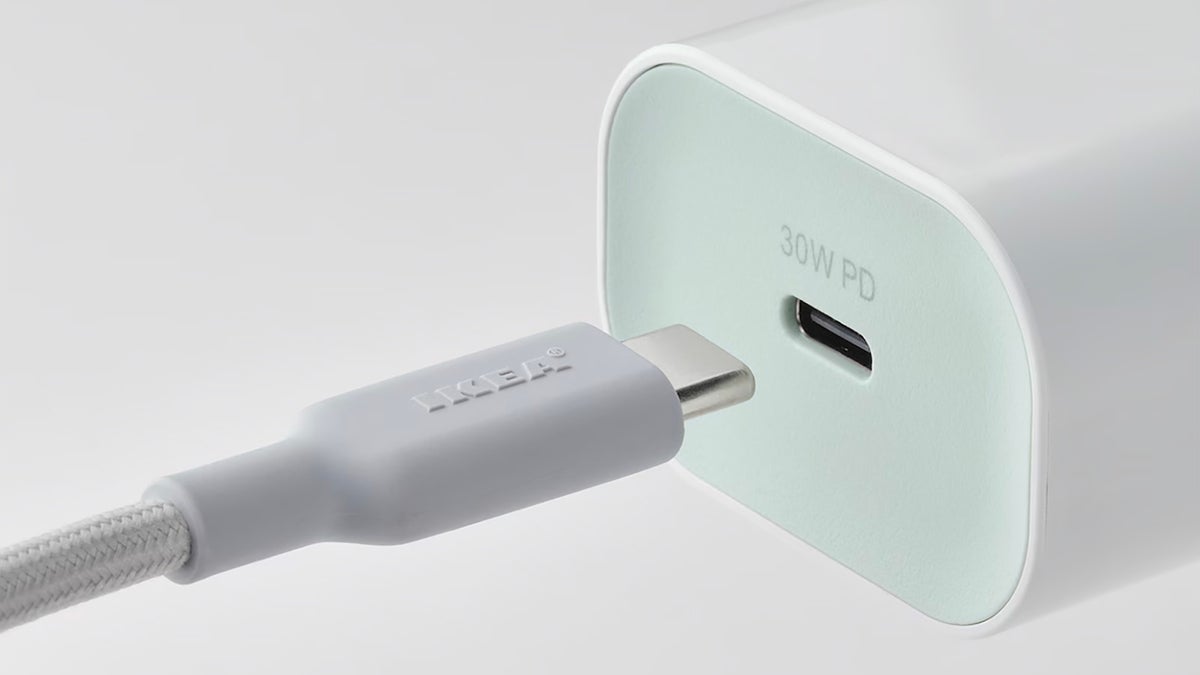Looking at the charging preferences of the Steam Deck, which from my research wants 45W at 15v/3A, it looks like the larger model should work just fine. And with it being $15 USD / $18 CAD this could be an incredible bargain.
It’s so new though I can’t find any info on it being used with a Steam Deck. I’ll definitely be grabbing one to try, as it would be perfect for my USB hub that sits by the TV.



The deck uses standard USB PD protocols to request power, so yes, these should work.
Worth noting, the Deck used to be unable to charge using PD chargers that were rated at less than 40W, this has been fixed in a firmware update and it is now able to correctly request power from any USB PD charger.
To charge while playing, a PD charger with a 15V mode is required, but any PD charger that can do 5 or 9 volts can still charge the Deck while idle/sleeping.
There is no limit to when it will charge, you can use a lower power charger to extend your runtime - I use my 9V 2A (18W) Pixel 4a charger all the time while playing. Anything higher than 25w will keep you playing indefinitely, as that’s pretty much the limit for what the deck can draw - 15W TDP and 10W for the screen, but obviously if you draw more than your charger can output eventually you will run out of battery.
But for quite a few lighter titles, 18W still gives you a few watts of net positive.
deleted by creator
That “10W for the screen” includes them all.
When you reach the 15W TDP limit with the screen at max brightness (on the LCD version), the OSD will show you drawing about 25 watts, and it’s measuring it directly from the battery. This also matches what people have reported for the power pass-through mode measuring from the wall outlet - once the battery is fully charged the Deck can power itself directly from the charger, and at full tilt, it’s about 25 watts.
Sure if you really want to start separating them all out there are things like bluetooth, wifi, speaker amplifiers, the SSD etc, but compared to how much the backlight & screen controller draw, they are pretty much drops in the bucket. Well, the SSD might take a watt or two.
deleted by creator
Taken straight from the LCD deck in front of me: With the screen as dim as possible sitting in the home menu, the total power usage of the deck is 4.9 Watts. The GPU is drawing 0.3 Watts. The CPU is drawing 0.3 Watts.
With the screen brightness turned to full but the deck idle, the power draw goes to 7.1 Watts, but the screen stops updating the image after 10 seconds. CPU & GPU are both still at 0.3 watts.
Jiggling the stick every few seconds to keep the screen on, the power draw goes to 9.6 Watts. CPU & GPU are still 0.3W each.
Result: The “rest” of the Steam Deck, minus SSD and cooling fan activity at full screen brightness, uses 9 Watts, at least 4.7 Watts of it being the screen and backlight alone, though I was not able to test how much the draw would be if the screen could be turned completely off, as that isn’t possible in SteamOS.
15W + 9W is 24W, we are a watt shy of 25W.
The only limitation that I ever saw was - if you’re using a USB-C to USB-A cable to connect to your charger, the deck will say “charging slowly” while pulling absolutely nothing. It will only pull USB-C PD power. If you have a huge battery bank that can put out tons of 9v power on a quickcharge A socket, too bad.
USB-A, per the specification, is only supposed to provide 5V max. Qualcomm Quickcharge violates the USB-A specification, so only other devices that are designed to violate the specification and thus be compatible with QC will charge faster.